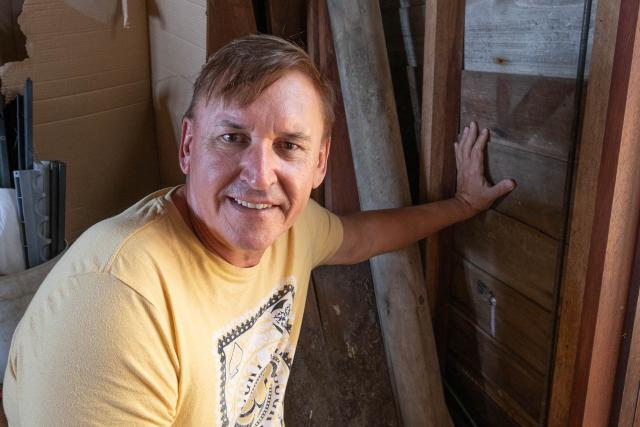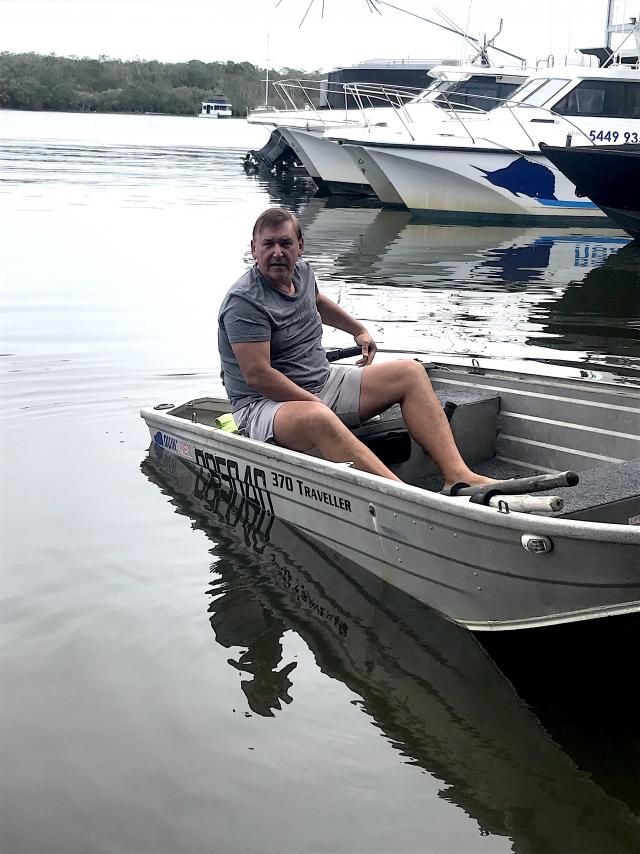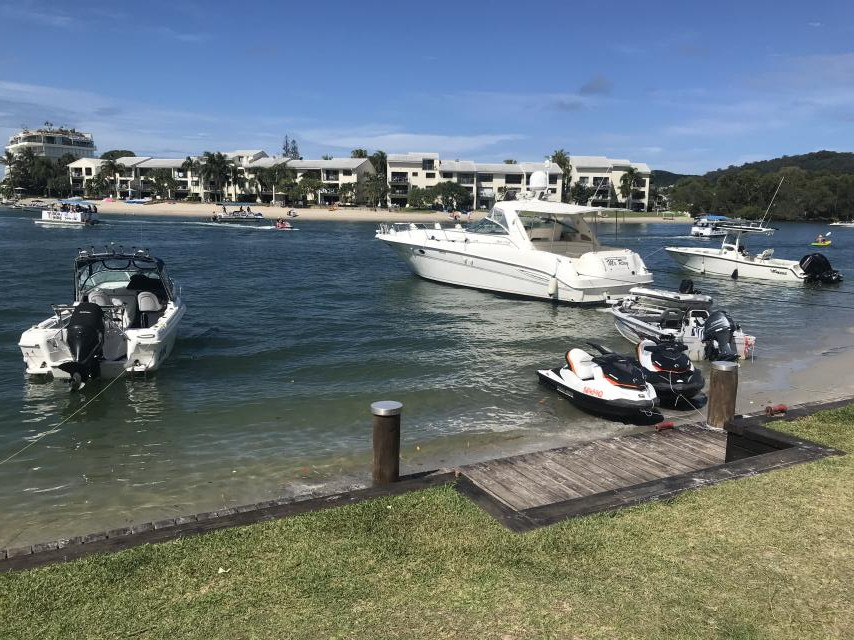North Shore resident and Noosa River veteran Nick Hluszko is putting his considerable influence as chair of the Noosa River Stakeholders Advisory Subcommittee into a campaign to reduce the speed limit on the river to six knots, no wash year-round. And it is by no means a one-man stand.
Currently a six knot limit applies to the river downstream from T-Boats only through December and January and over Easter, but the speed limit reduction was part of a raft of recommendations presented by NRSAC to Maritime Safety Queensland last September, including introduction of a four knot limit around the narrow canals of Noosa Sound.
MSQ has since completed its own review of safety and compliance issues on the river, and is understood to also favour a speed limit reduction. Its findings and a call for community consultation are expected by the end of this month. Meanwhile, a hectic holiday season and increased patrols by MSQ and Water Police have produced statistics that seem to support the calls for lower speed limits.
Noosa Today understands that over 13 days between 3 December and 18 January MSQ intercepted 125 vessels for compliance checks. Of these, 34 drivers were juveniles. A total of 15 infringement notices were issued with the vast majority being for speeding. Water Police patrolled eight days between 6 December and 2 January and issued 48 infringement notices, 29 (60 percent) for speeding.
Nick cites South East Queensland’s phenomenal growth spurt outside of Noosa as a major reason to act now. “SEQ’s current population is about 3.3 million, representing 66 percent of the state’s population in just 1.3 percent of its area. With the state population expected to grow from 5 million to 7.16 million over the next 20 years, it’s logical to expect that we will cop the lion’s share of that, with a population of over 500,000 on the Sunshine Coast alone. Then consider the boating population. There are currently 250,000 recreational boats in Queensland, most of them in SEQ, with annual growth in boat sales between 13 and 15 percent. The pressure on our waterway is going to be immense.”
The river committee’s recommendations cover many associated problems, such as the number of live-aboards who aren’t complying with permit registration or pump-out requirements, but Nick’s current focus is on the speed limit, and he takes it personally. He says: “When the NRSAC met late last year we asked for more patrols over the holidays to increase compliance with speed limits, and we got them. The vast majority of infringements were speed-related and almost all were locals. I was having lunch with my wife at Ricky’s last Sunday afternoon and three tinnies came roaring up from Hastings Street doing wake crossings with each other, all young kids. I grew up on the river and if I did the wrong thing and my old man heard about it I was in big trouble. Parents need to take responsibility for this. People on both sides of the river have had enough.”
Nick knows there will be obstacles but he believes the NRSAC can carry the community with it. “From what I see on social media the majority of people would support the changes we’re suggesting. There have been several ad hoc studies looking at peak and off-peak times and the absolute speeds on the river, and during peaks the vast majority of all craft using the river is doing six knots or less already. It could be as high as 70 percent. So we’re talking about adding a travel time penalty to a minority only.
“Of course there will be people who will oppose it. On the North Shore I’ve heard the argument that people use their boats to get to Hastings Street and they want to get there quickly. My answer to that is why is it so important to get to your beer date 10 minutes faster when we’re talking about safety and ambience and all those values that we associate with the river? We don’t want it to take some one really getting hurt before it’s recognized as a big problem. The more involved I get in river issues the more I ponder the problem of what we think the river is for. Is it a means of getting around the place, or is it a park, a recreational facility? I take the view that it’s a park.”
But getting a reduced speed limit gazetted is a long process, for which Nick has a plan. He says: “Normally legislative change takes at least 12 to 18 months, so what needs to happen next is that MSQ and our politicians reassure the broader community that we are working towards making this happen. The worst thing would be that it gets buried in the bureaucracy and people think that it’s been forgotten. A lot of people have already worked very hard to make this positive change become a reality.
“My passion is to keep it on everyone’s radar until we get there.”











